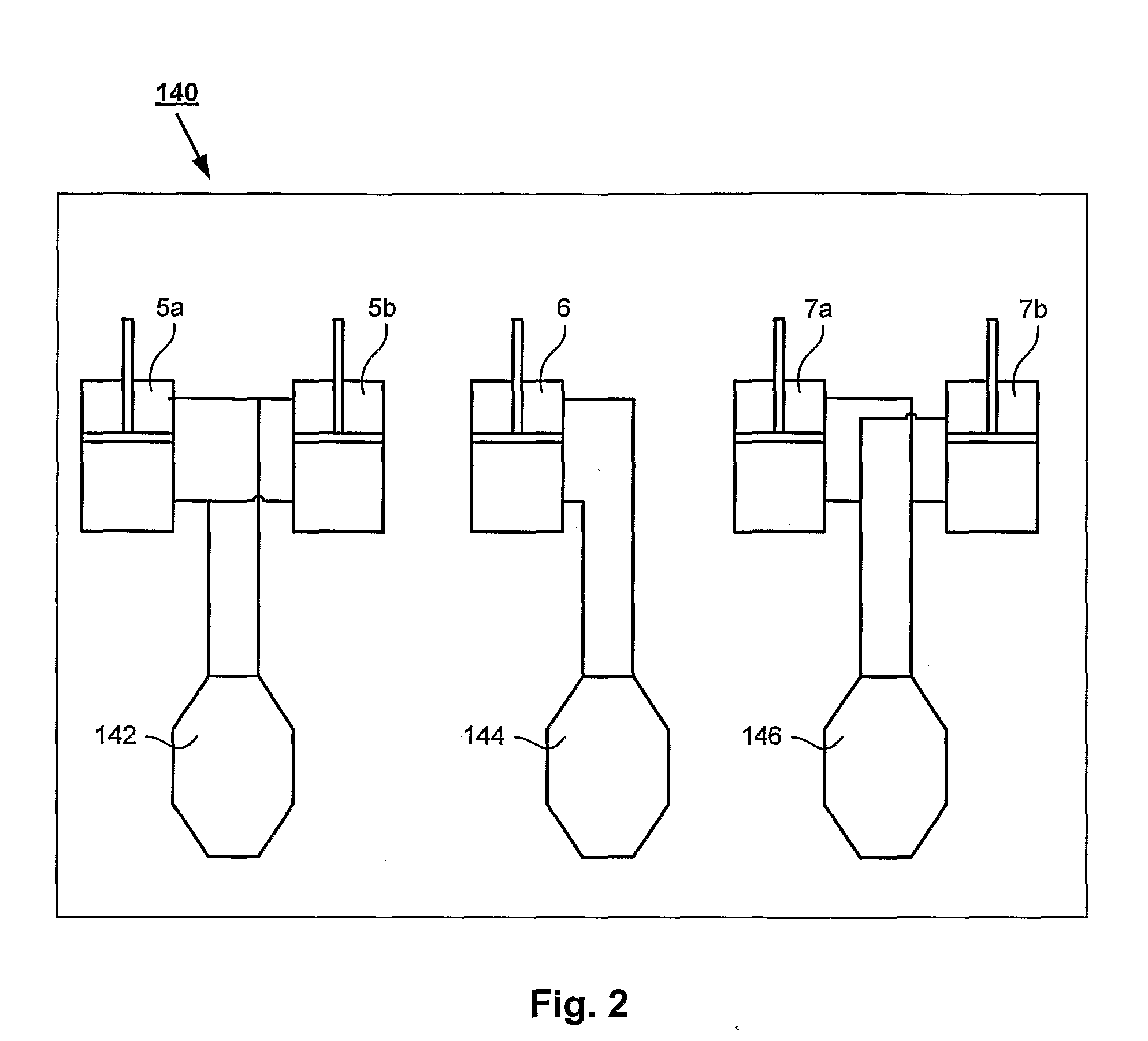Method for operating a working machine and a working machine
a technology of working machine and working machine, which is applied in the direction of data processing management, climate sustainability, electric energy vehicles, etc., can solve the problems of low power supply of combustion engines, inability to fully consume power provided by combustion engines, and high undesired impression of engine weakness, so as to reduce the performance of sub-systems and/or torque, flexible and compact design, and reduce the effect of power requiring sub-systems
- Summary
- Abstract
- Description
- Claims
- Application Information
AI Technical Summary
Benefits of technology
Problems solved by technology
Method used
Image
Examples
Embodiment Construction
Structure of Preferred Embodiments
[0040]A Working Machine
[0041]FIG. 1 is an illustration of an exemplifying working machine in the form of a wheel loader 1 having an implement 2 in the form of a bucket 3. The bucket 3 is arranged on an arm unit 4 for lifting and lowering the bucket 3. The bucket 3 can also be tilted or pivoted relative to the arm unit 4. For this purpose the wheel loader 1 is provided with a working hydraulic system 140 comprising at least one hydraulic pump (not shown in FIG. 1) and working cylinders 5a, 5b, 6 for lifting and lowering of the arm unit 4, and for tilting or pivoting the bucket 3. In addition, the working hydraulic system comprises working cylinders 7a, 7b for turning the wheel loader 1 by means of relative movement of a front body 8 and a rear body 9. These features of the wheel loader 1 and variations thereof are well known to those skilled in the art and they need no further explanation.
[0042]A Hydraulic System
[0043]FIG. 2 is a schematic illustrati...
PUM
 Login to View More
Login to View More Abstract
Description
Claims
Application Information
 Login to View More
Login to View More - R&D
- Intellectual Property
- Life Sciences
- Materials
- Tech Scout
- Unparalleled Data Quality
- Higher Quality Content
- 60% Fewer Hallucinations
Browse by: Latest US Patents, China's latest patents, Technical Efficacy Thesaurus, Application Domain, Technology Topic, Popular Technical Reports.
© 2025 PatSnap. All rights reserved.Legal|Privacy policy|Modern Slavery Act Transparency Statement|Sitemap|About US| Contact US: help@patsnap.com



